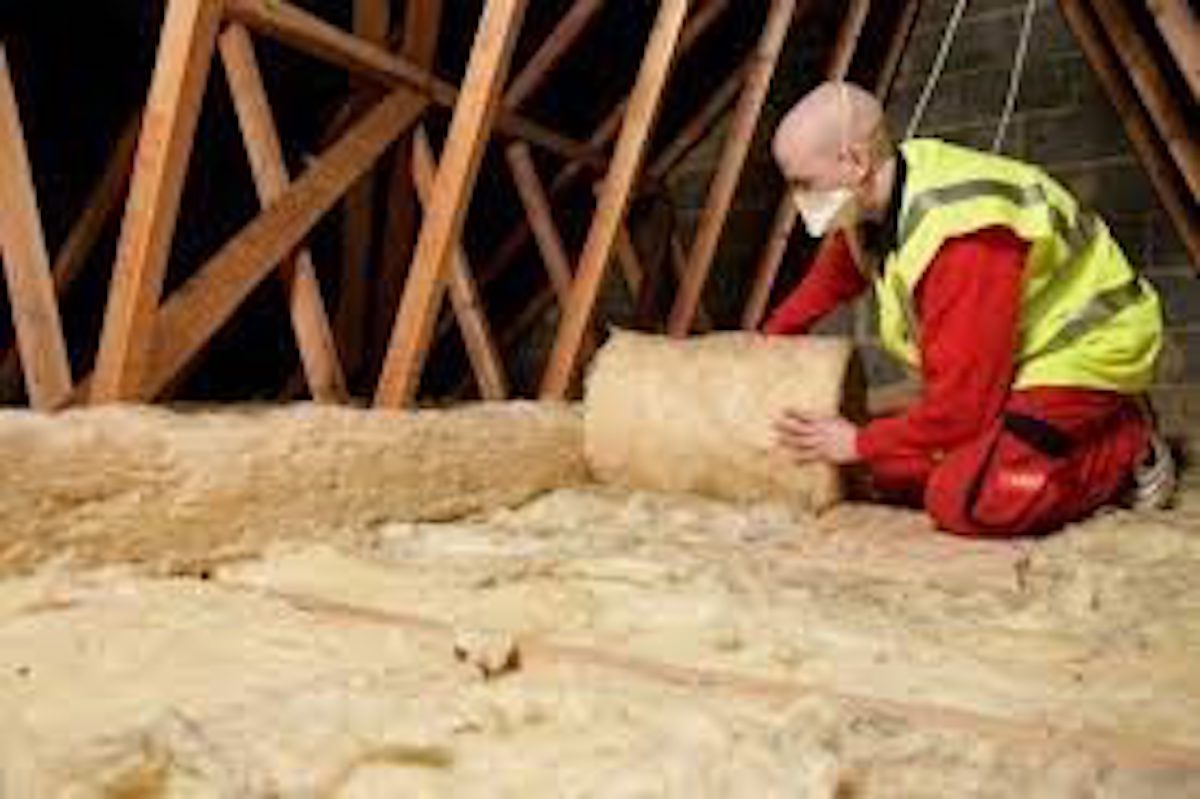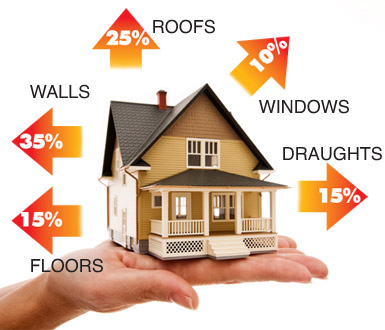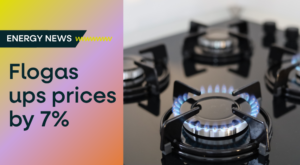If your home isn’t energy efficient and properly insulated you could be wasting a lot of energy and a lot of money. For example, in a home which has no or poor insulation around 60% of the heat will be lost through the walls and roof!
That’s why wall, roof and loft insulation can make such a difference to your home.
Insulation
There are many simple yet effective ways to insulate your home, which can significantly reduce heat loss while lowering your heating bills. And with the support of SEAI grant you will be able to keep more heat in your home.
Benefits of Insulation
- Lower Energy Bills: Insulation will reduce heat loss and your heating bills. As 60% of heat can be lost through poorly insulated walls and roof it means installing insulation will stop this heat loss. This will mean less energy is needed to keep your home warm…which means lower bills.
- A warmer and cosier home: Keeping more heat within the home will leave it more comfortable and cosier to live in. And you should also find that your home retains heat longer and doesn’t cool as quickly when the heating is turned off.
- Reduce your carbon emissions: Reducing heat loss through your walls will reduce your energy consumption. As you will be using your heating less, you will also cut down on your greenhouse gas emissions
Value of insulation grants available from SEAI
Insulation grants include cavity, internal and external wall insulation, as well as attic insulation grants
| Insulation Grant Value | |
|
Attic Insulation |
€800 – €1,500 €700 – €1,700 |
| Internal Insulation (Dry Lining) Apartment (any) or Mid Terrace Semi-detached or End of Terrace Detached House |
€1,500 – €2,000 €3,500 €4,500 |
| External Wall Insulation Apartment (any) or Mid Terrace Semi-detached or End of Terrace Detached House |
€3,000 – €3,500 €6,000 €8,000 |
What type of Insulation is available?
Attic insulation
Ceiling level roof insulation is generally the most cost effective of any energy efficiency upgrade made to a house. Even if you have some attic insulation you should upgrade it to today’s standard of 300mm of rockwool or equivalent.
Cavity wall insulation
Poorly insulated or un-insulated cavities can add up to 25 per cent onto your heating bill. Installing cavity wall insulation is a relatively simple process that can take just a couple of hours for a typical three-bedroom house. The insulation is blown into the cavity from the outside and disruption to the householder is minimal.
Solid Wall Insulation
If your home is built using solid wall, then cavity fill insulation is not possible. Solid walls let through twice as much heat as cavity walls do! That is why solid walls insulation can help you reduce significantly your energy bills. You have two options: either internal wall insulation or external wall insulation.
Internal wall insulation: Internal insulation is also known as dry lining. This usually involves fixing composite insulation board containing insulation, a vapour barrier and plasterboard to the wall. The board is applied to the inside of the external walls.
External wall insulation: External insulation involves fixing insulating materials such as mineral wool or expanded polystyrene slabs to the outer surface of the wall. The insulation is then covered with a special render to provide weather resistance. A steel or fibreglass mesh is embedded to provide strength and impact resistance.
Who can apply for an SEAI insulation grant?
All homeowners, including landlords, whose homes were built and occupied before 2006 can apply. Homes built from 2006 onwards should have been constructed to the 2003 Building Regulations and should not need significant upgrades. This is defined as the date your electricity meter was installed.
If your home was built and occupied before 2006 and you are in receipt of social welfare payments, you may be eligible for free energy efficiency improvements.










